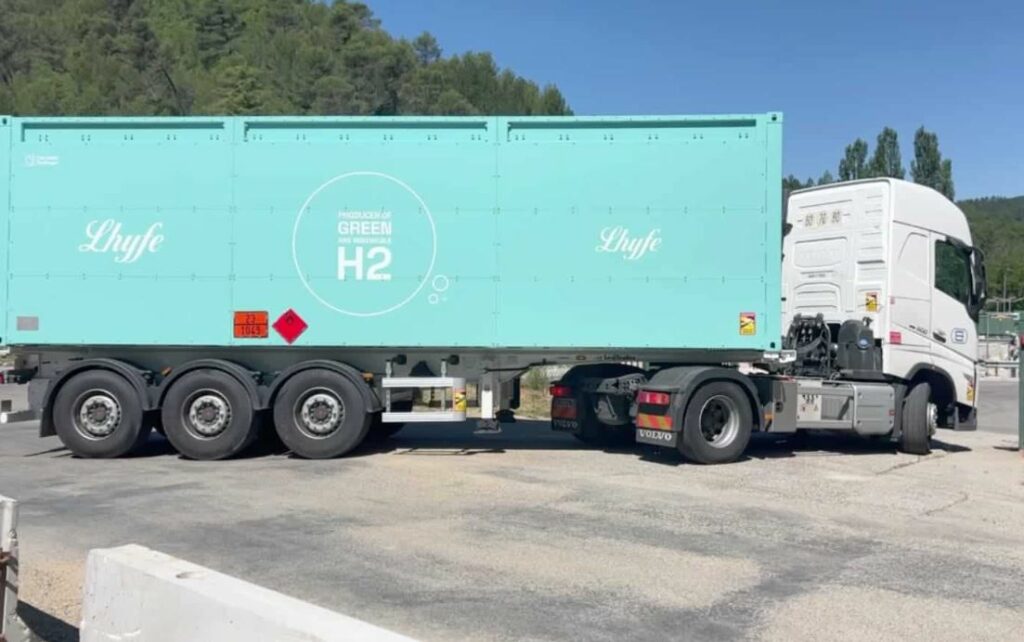Lhyfe recently delivered 350 kg of green hydrogen to Géométhane for a trial at the Manosque site in southern France. This trial aims to test the feasibility of storing hydrogen in salt caverns.
The trial involves injecting hydrogen into salt caverns traditionally used for natural gas storage. This process aims to understand hydrogen’s behavior in such environments, with the hydrogen being stored for several weeks before extraction and analysis. The trial’s success could have significant implications for energy storage and decarbonization.
Hydrogen storage in salt caverns could help balance energy supply and demand, particularly in regions relying on renewable energy sources. Hydrogen can be stored during periods of low demand and used during peak consumption.
Effective hydrogen storage is crucial for reducing carbon emissions in various sectors, including industry and transportation. Successful implementation could accelerate the transition to a low-carbon economy.
The trial could set a precedent for similar projects across Europe if successful, but achieving commercial viability and ensuring safety and efficiency are significant hurdles.
The European Hydrogen Backbone initiative aims to create a dedicated hydrogen transport infrastructure. If Lhyfe’s trial is successful, it could integrate well with such large-scale projects.
The success of this trial could pave the way for widespread adoption of salt cavern storage for hydrogen across Europe. It would address a major challenge in the hydrogen economy: reliable and scalable storage. Additionally, it could enhance the integration of renewable energy sources by providing a means to store excess energy.
